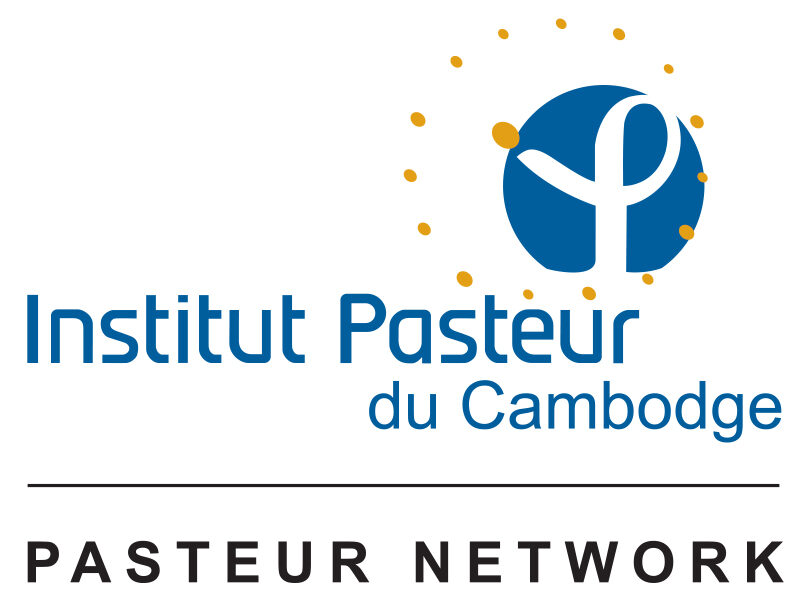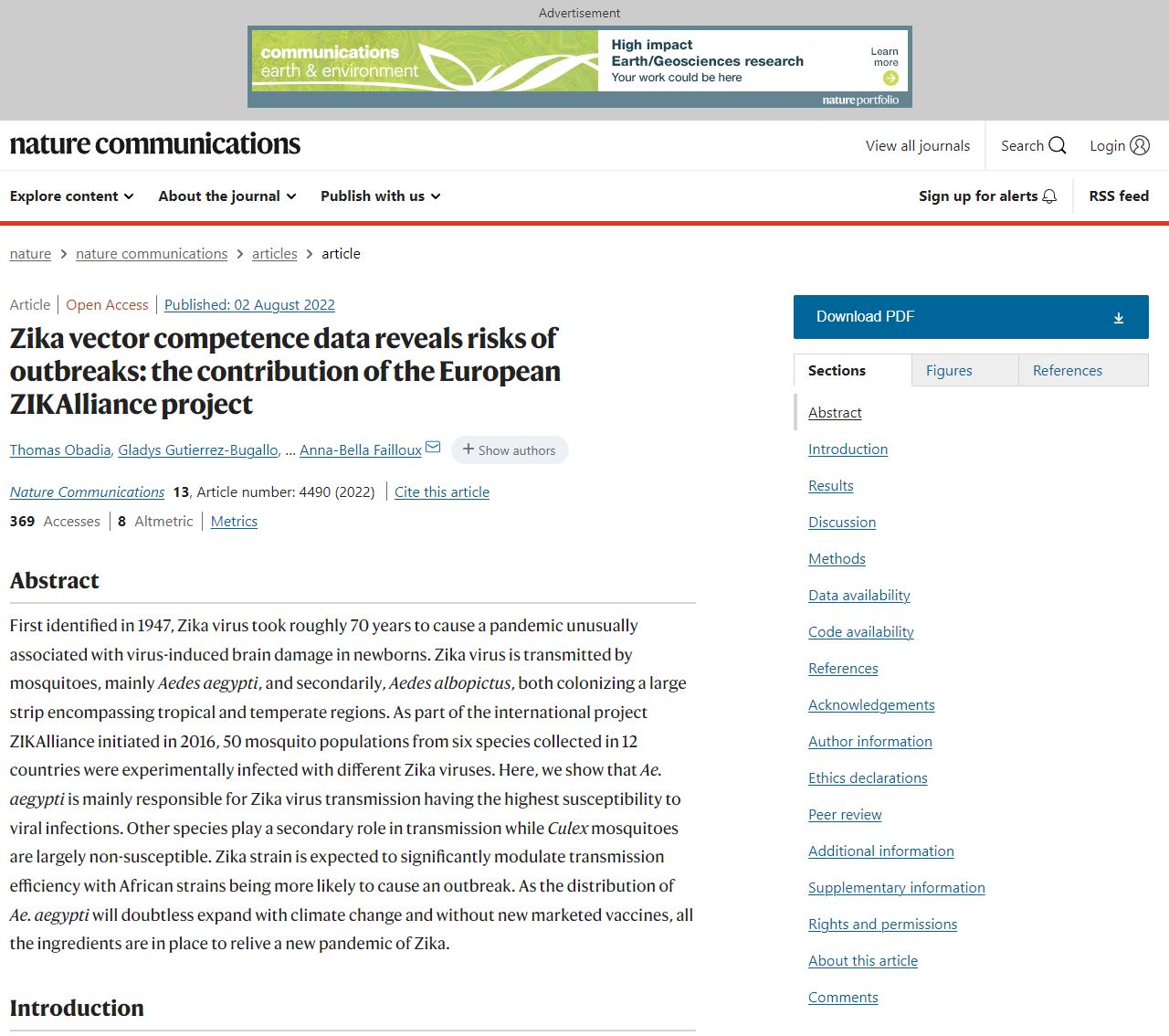As part of an international scientific consortium, Zikalliance, the Virology and Medical and Veterinary Entomology Units studied the transmission of the Zika Virus worldwide and in Cambodia.
In an experiment involving 50 mosquito populations collected in 12 countries distributed worldwide, the study demonstrated that Aedes aegypti is the most important vector Zika virus transmission. The mosquito species such as Aedes albopictus and Aedes japonicas are minor while Culex mosquitoes seems anecdotic. The authors also showed that the Zika virus can significantly modulate transmission efficiency with African strains being more likely able to cause an outbreak And with the current expansion of the distribution areas of Aedes aegypti driven by climate change and without vaccines, a risk of a second pandemic of Zika is discussed.
International scientific consortium, Zikalliance: https://zikalliance.tghn.org
ក្នុងនាមជាសមាជិកនៃសម្ព័ន្ធវិទ្យាសាស្ត្រអន្តរជាតិឈ្មោះ Zikalliance (https://zikalliance.tghn.org/) អ្នកស្រាវជ្រាវ ផ្នែកវីរុសសាស្ត្រ និង ផ្នែកបាណកសាស្ត្រនៃវិទ្យាស្ថានប៉ាស្ទ័រកម្ពុជា បានធ្វើការសិក្សាពីការចម្លងវីរុសហ្ស៊ីកា (Zika) លើពិភពលោក ក៏ដូចជានៅក្នុងប្រទេសកម្ពុជា។ ការសិក្សាមួយ ដោយប្រើសត្វមូស ៥០ ប្រភេទ យកពីប្រទេសចំនួន ១២ ក្នុងពិភពលោក បានបង្ហាញថាមូសខ្លា Aedes aegypti គឺជាភ្នាក់ងារចម្លងវីរុសហ្ស៊ីកា (Zika) សំខាន់ជាងគេ។ ចំណែកប្រភេទមូសផ្សេងទៀត ដូចជាប្រភេទ Aedes albopictus និង Aedes japonicus ជាភ្នាក់ងារចម្លងបន្ទាប់បន្សំ ខណៈដែលប្រភេទមូសអង្កាម (Culex) មិនមែនជាភ្នាក់ងារចម្លងវីរុសហ្ស៊ីកា (Zika)។ អ្នកស្រាវជ្រាវ ក៏បានបង្ហាញផងដែរថា វីរុសហ្ស៊ីកា (Zika) ដែលមានពូជពីអាហ្វ្រិកមានប្រសិទ្ធភាពខ្ពស់ក្នុងការឆ្លង ដែលអាចបង្កឱ្យមានជាការផ្ទុះរាតត្បាតនៃជម្ងឺនេះ។ ជាមួយនឹងការកើនឡើងនៅពេលបច្ចុប្បន្ននៃភូមិសាស្ត្រដែលមានមូសខ្លា Aedes aegypti ដែលបណ្តាលមកពីការប្រែប្រួលអាកាសធាតុ និងដោយមិនមានថ្នាំបង្ការ អ្នកវិទ្យាសាស្ត្រលើកយកមកពិភាក្សា នូវហានិភ័យនៃការរាតត្បាតទូទាំងពិភពលោកជាលើកទីពីររបស់ ជម្ងឺហ្ស៊ីកា។
Link to the publication: https://www.nature.com/articles/s41467-022-32234-y


